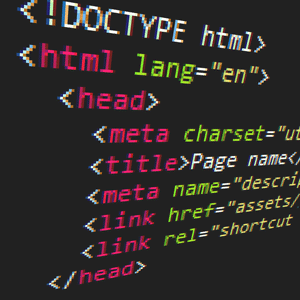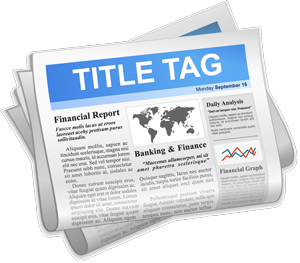Web Page Title Revision

Every web pages needs a Title Element. The Title Element appears in the upper left hand page of most browsers. Search Engines look at titles!
Web Page Title Length
Google displays about 66 Title Element characters in Search Results. Limit your Title Element to about that length.
Title Element Content
Minimize "empty" words seldom used in Search Strings: About Us, Contact, etc. If you want a pizza, you don't search "contact information!" Page titles should reflect probable search terms.
Title Tags - Write Like Headlines!
Title Tags Are Headlines - Short Phrases, Terse. Avoid Conjunctions & "Non-Keyword" Terms.
Think newspaper front pages circa 1900: Multiple Headlines, Every Word Meaningful, Few Prepositions.

Use Unique Title Elements
Don't repeat the company name and/or a generic title on every page. Every web page pixel should contribute to communication to humans and bots.
Sample Title Tag:
XYZ Widgets | Highlands Ranch, CO | Denver And Colorado Delivery
This 64-character title boosts search rankings for probable search phrases like:
"Widgets Colorado"
"Colorado Widgets"
"XYZ Widget Delivery Highlands Ranch"
This Title Element clarifies company's product and location. The Title Tag commonly is the first, bolded line in Search Engine Results Pages. An effective Title Tag can help generate click-throughs from customers ready to buy.
Title Tags Matter!
A 2009 survey of SEO professionals ranked title element keywords as the number three factor in Search Engine Optimization. It's easy: Every website needs a good Page Title!
Many SEO Professionals believe Google also uses titles and descriptions in their determination which pages are fundamentally different from other pages and worthy of frequent crawling and independent listings in SERPs. Your pages appear unique and valuable with unique titles.
The Title Element should not be confused with the Title Attribute - Title Attributes provide extra information about an element (generally specific text or graphic element) in the body of a web page.